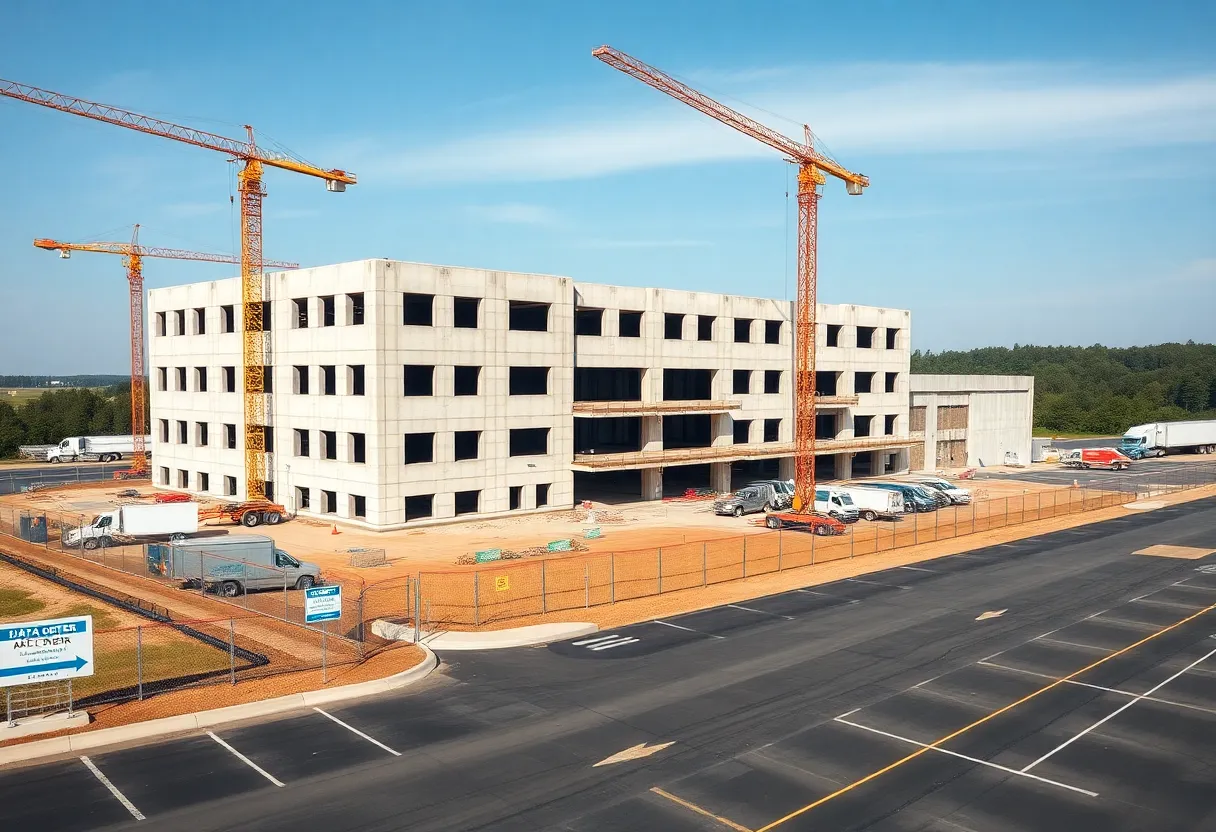News Summary
In Sabah, Malaysia, the construction and infrastructure sectors are evolving through the adoption of Building Information Modelling (BIM). Government initiatives like Construction 4.0 and the SMJ 2.0 plan are promoting digital practices among small engineering firms to enhance project efficiency and sustainability. Challenges such as high costs and limited training resources exist, but strategic recommendations aim to foster BIM adoption and support the region’s sustainable infrastructure development. Educational initiatives are also being launched to prepare the future workforce in this growing field.
Sabah’s Infrastructure Transformation: Embracing Building Information Modelling (BIM)
The construction and infrastructure landscape in Sabah, Malaysia, is experiencing a significant transformation due to the widespread adoption of Building Information Modelling (BIM). This digital approach is integral to government initiatives such as the Construction 4.0 framework, JKR’s BIM roadmap, and the Construction Industry Transformation Programme (CITP), all aimed at modernizing the sector while promoting sustainable development.
At the forefront of this transformation is the SMJ 2.0 plan, which advocates for advanced infrastructure and integrated planning to achieve sustainable outcomes. BIM technology plays a crucial role in this strategy as small-scale engineering firms are urged to implement digital tools for enhanced operational efficiency, improved coordination, and increased transparency in construction projects.
Understanding Building Information Modelling (BIM)
BIM is a sophisticated process that facilitates the creation and management of digital representations of physical and functional characteristics of buildings and infrastructure. Key features of BIM include:
- 3D visualization of structural components and systems
- Integration of scheduling (4D) and cost estimation (5D)
- Collaboration across various disciplines via a shared digital platform
- Future integration with operation and maintenance systems (6D/7D)
BIM enhances real-time collaboration among architects, engineers, contractors, and clients, greatly minimizing design conflicts and promoting effective decision-making from project inception to completion.
Core Pillars of the SMJ 2.0 Plan
The SMJ 2.0 blueprint is structured around three essential pillars:
- Sustainable Economic Development: BIM allows for improved project efficiency and cost control, significantly enhancing productivity and resource utilization.
- Human Capital Empowerment: The adoption of BIM encourages a culture of upskilling in digital engineering and project management, shaping a preparedness for future challenges among the workforce in Sabah.
- Green and Resilient Infrastructure: BIM’s capabilities enable thorough simulations and assessments that lead to sustainable designs, aligning construction practices with environmental conservation and resilience objectives.
Challenges in BIM Adoption for Small Firms
Despite the numerous benefits of adopting BIM, small engineering firms in Sabah encounter several challenges:
- High initial costs associated with BIM software and hardware
- Shortage of trained BIM professionals, especially in rural communities
- Limited access to local training and educational resources
- Resistance to adopting new technologies and workflows
- Inconsistent demand for BIM services in smaller projects
Strategic Recommendations for Enhancing BIM Integration
To effectively promote the adoption of BIM among small engineering firms, the following strategic recommendations have been proposed:
- Government-supported incentives like digitalization grants and tax rebates specifically for small and medium enterprises.
- A phased approach to BIM implementation that begins with basic 3D modeling and gradually incorporates 4D scheduling and 5D cost management.
- Investment in workforce development through certification programs, in partnership with software vendors for training and skill enhancement.
Environmental Benefits and the Future of BIM in Sabah
BIM not only aids in developing efficient infrastructure but also supports sustainable practices by enabling energy simulations, optimal material usage, lifecycle costing, and principles of disaster resilience design. One noteworthy example is the Pan Borneo Highway project in Sarawak, demonstrating effective project delivery through integrated BIM software.
Moreover, a new BIM laboratory will be established at Universiti Malaysia Sabah (UMS) to facilitate education and training in BIM technologies. This initiative is part of a broader Industry Collaboration Programme, aimed at strengthening local industry growth and enhancing graduates’ marketability.
To successfully navigate the barriers to BIM adoption, cooperation between government bodies and industry partners is essential, ensuring that small engineering firms can harness the benefits of BIM principles for a competitive edge in the evolving construction landscape.
Deeper Dive: News & Info About This Topic
Additional Resources
- Borneo Post: Small Engineering Firms Can Leverage BIM for SMJ 2.0 Success
- Wikipedia: Building Information Modeling
- Borneo Post: UMS to Have Building Information Modeling Lab
- Autodesk: BIM in Asia – Highway
- Daily Sabah: Turkish Retailer BIM Sells 35% Share in Moroccan Branch for $832M
- Google Search: Building Information Modeling
Author: Construction NY News
NEW YORK STAFF WRITER The NEW YORK STAFF WRITER represents the experienced team at constructionnynews.com, your go-to source for actionable local news and information in New York and beyond. Specializing in "news you can use," we cover essential topics like product reviews for personal and business needs, local business directories, politics, real estate trends, neighborhood insights, and state news affecting the area—with deep expertise drawn from years of dedicated reporting and strong community input, including local press releases and business updates. We deliver top reporting on high-value events such as the New York Build Expo, infrastructure breakthroughs, and cutting-edge construction technology showcases. Our coverage extends to key organizations like the Associated General Contractors of New York State and the Building Trades Employers' Association, plus leading businesses in construction and real estate that power the local economy such as Turner Construction Company and CMiC Global. As part of the broader network, including constructioncanews.com, constructiontxnews.com, and constructionflnews.com, we provide comprehensive, credible insights into the dynamic construction landscape across multiple states.





